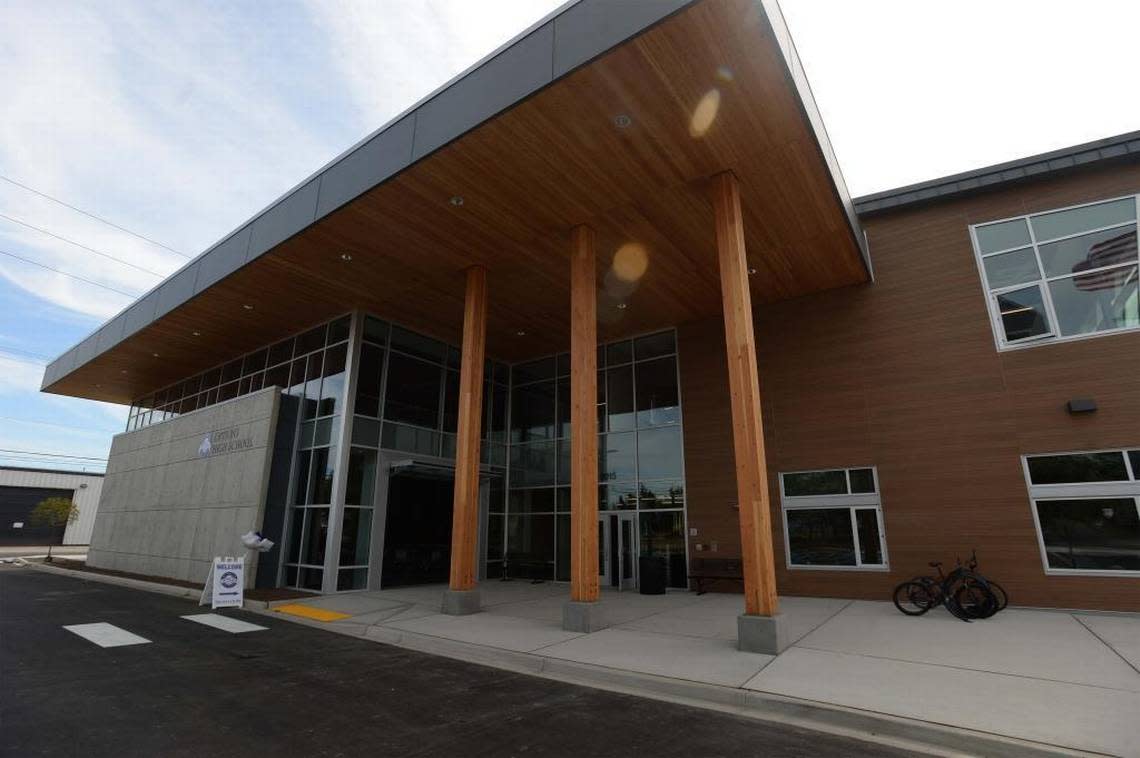Bellingham School District’s first school-based health clinic in development at Options High

Bellingham Public Schools is on its way to completing the district’s first mental and medical health center available to its students.
The facility is being built at Options High School, the district’s alternative high school that provides “innovative and flexible learning experiences” and supports students planning “for a wide range of educational and vocational opportunities,” the school’s website states.
The first phase of renovations for the health center, which provide space for one-on-one mental health therapy and support groups, began in January and was completed in April. The district is in the middle of the design and permitting process for the second phase, which will add medical services to the center, according to Bellingham Public Schools spokesperson Dana Smith.
“We are excited to be a part of a growing movement across the state to provide essential health services on school campuses,” Superintendent Greg Baker said in a statement to The Bellingham Herald. “An on-site health center will improve the mental and physical health of youth, reduce barriers and increase access to care. The Options community has long advocated for a school-based health center so that health and mental health care could happen on site as part of wraparound services.”
The number of school-based health centers (SBHCs) has grown across the country from 1,135 in 1998 to roughly 3,900 today, according to the national School-Based Health Alliance. There are more than 70 SBHC sites, sponsored by more than 25 health care agencies, in more than 30 school districts across Washington state.
Not including the health center in development at Options High School and a proposed health center in the Mount Baker School District, there is just one operational SBHC in Whatcom County at Lummi Nation School, sponsored by the Lummi Tribal Health Clinic.
SBHCs provide access to comprehensive primary care, including:
▪ Annual doctor visits
▪ Sports physicals
▪ Immunizations
▪ Medications
▪ Illness and injury
▪ Sexual and reproductive health
▪ Behavioral health
▪ Resource connections
SBHCs are shown to increase access to safe, comprehensive, youth-friendly care, which allows more students to stay healthy, feel supported, be in class ready to learn, and graduate, according to the Washington State Department of Health.
“School-based health centers have been shown to improve school attendance, and they provide the most benefit to students who experience barriers to accessing health care, such as transportation and family work schedules,” Baker said.
Although the new health center at Options is the first-of-its-kind in the district, Bellingham Public Schools has been providing space for partner mental health counseling services such as Compass Health on-site at its schools for many years.
The health clinic renovations are impacting two areas of Options High School — an existing classroom and a room formerly used for providing basic needs supplies such as clothing and food.
The project is entirely funded by grants. No general education funds have been spent toward the health center.
The completed health center is expected to be staffed by community partners who will provide care. Compass Health will provide mental health services and the district is in the process of finalizing an agreement with another local healthcare partner to provide medical services, Smith told The Herald.
“The health care partner will bill insurance for services provided, but no one will be turned away for inability to pay,” Smith said in a statement to The Herald.
Bellingham Public Schools’ primary role is to provide the space. The district’s employees will not provide any of the primary care. But the school nurse is expected to collaborate with health care clinic staff, as allowable through health care laws and with parent and student permissions, Smith told The Herald.
“The Health Center at Options project is also strongly connected to the relationships our district and community partners have cultivated with each other, especially through the COVID-19 pandemic. We celebrate the health care providers who are invested in meeting young people where they are and helping them stay mentally and physically healthy,” Baker said.
The health center is expected to be fully completed by January 2025, with demolition and other disruptive work mainly scheduled during summer break or non-school days.
“With the timing of the permitting process, it’s likely that some less disruptive work may need to be completed during school hours next fall or winter. We are working with the school administration to ensure that disruptive work does not happen when classes are in session in the adjacent classroom. We anticipate minimal or no effect on traffic or extracurriculars,” Smith told The Herald


